
Your Complete Disaster Preparedness Plan
Follow these essential 19 tasks to prepare for a fire, earthquake, or other disaster.
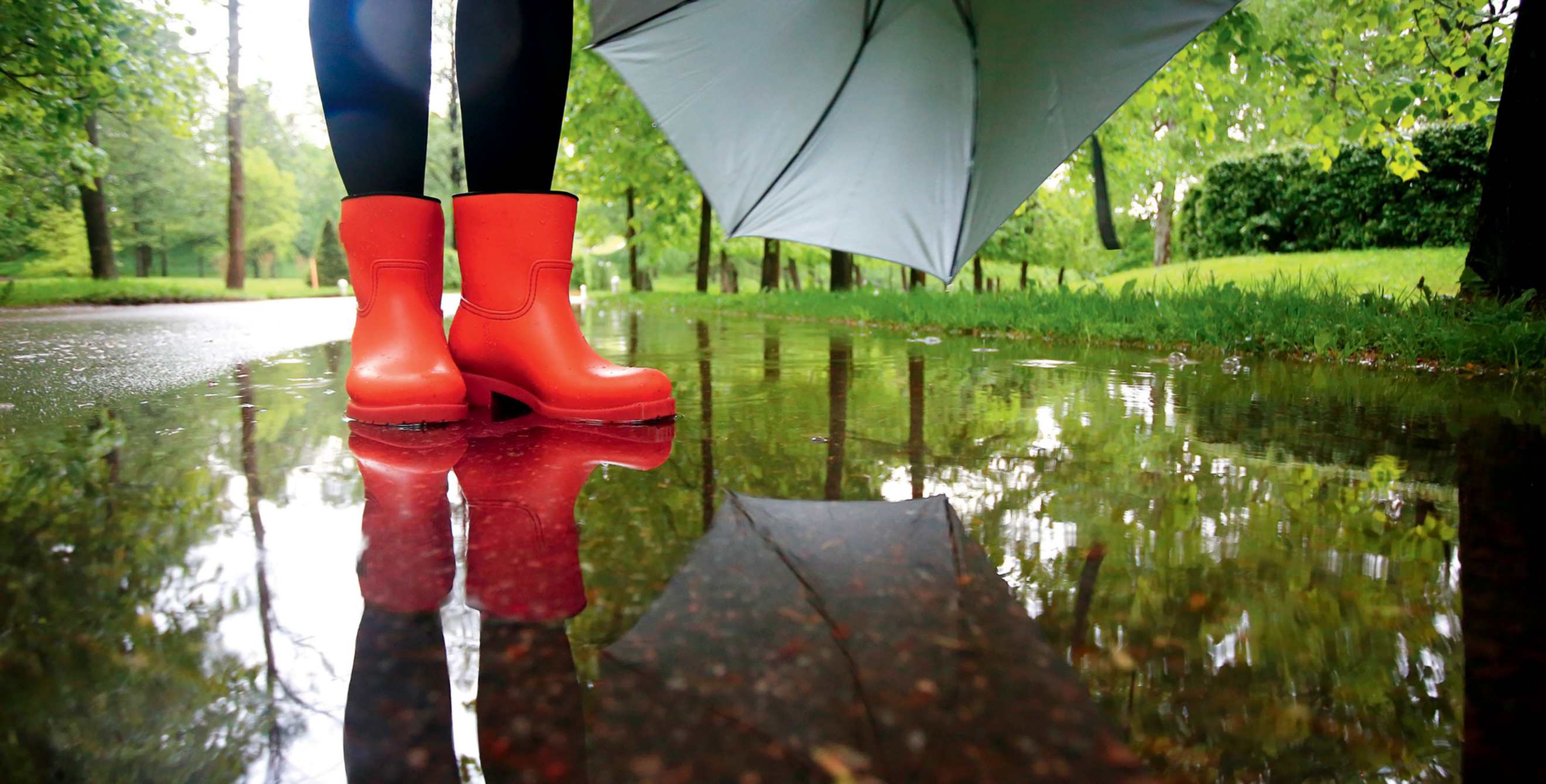
We’ve all just learned how important it is to be prepared for a global pandemic. But those of us who live in the West must also be ready for the kinds of natural disasters—earthquakes, fires, and floods—that are endemic to this part of the country. Here are 19 ways to make sure you are.
1. Have a plan.
Make sure everyone in your household knows what to do in the event of a natural disaster: How to evacuate the home, where to go, how to get there, and who will grab what on the way out. Practice your plan regularly.
Create a wallet-sized emergency contact list for everybody to carry that includes at least one out-of-state relative or friend. Such lists are useful not only to you, but also to rescue workers (who can use them to get in touch with someone on your behalf when you can’t).
2. Stock your emergency kit.
You should have a cache of emergency supplies to keep you safe and sound for at least three days after a disaster. Ideally, these supplies should be packed in sealed, waterproof bins that are stored somewhere cool, dry, rodent free, and easy to access. Make sure everyone knows where the kit is, and check it twice a year to replace out-of-date items. Your kit should include these basics.
In addition, make sure the emergency kit you keep in your car is up to date. (You do keep one in your car, right?) It should include jumper cables, tire-pressure gauge, portable tire inflator or patch kit, jack, and road flares.
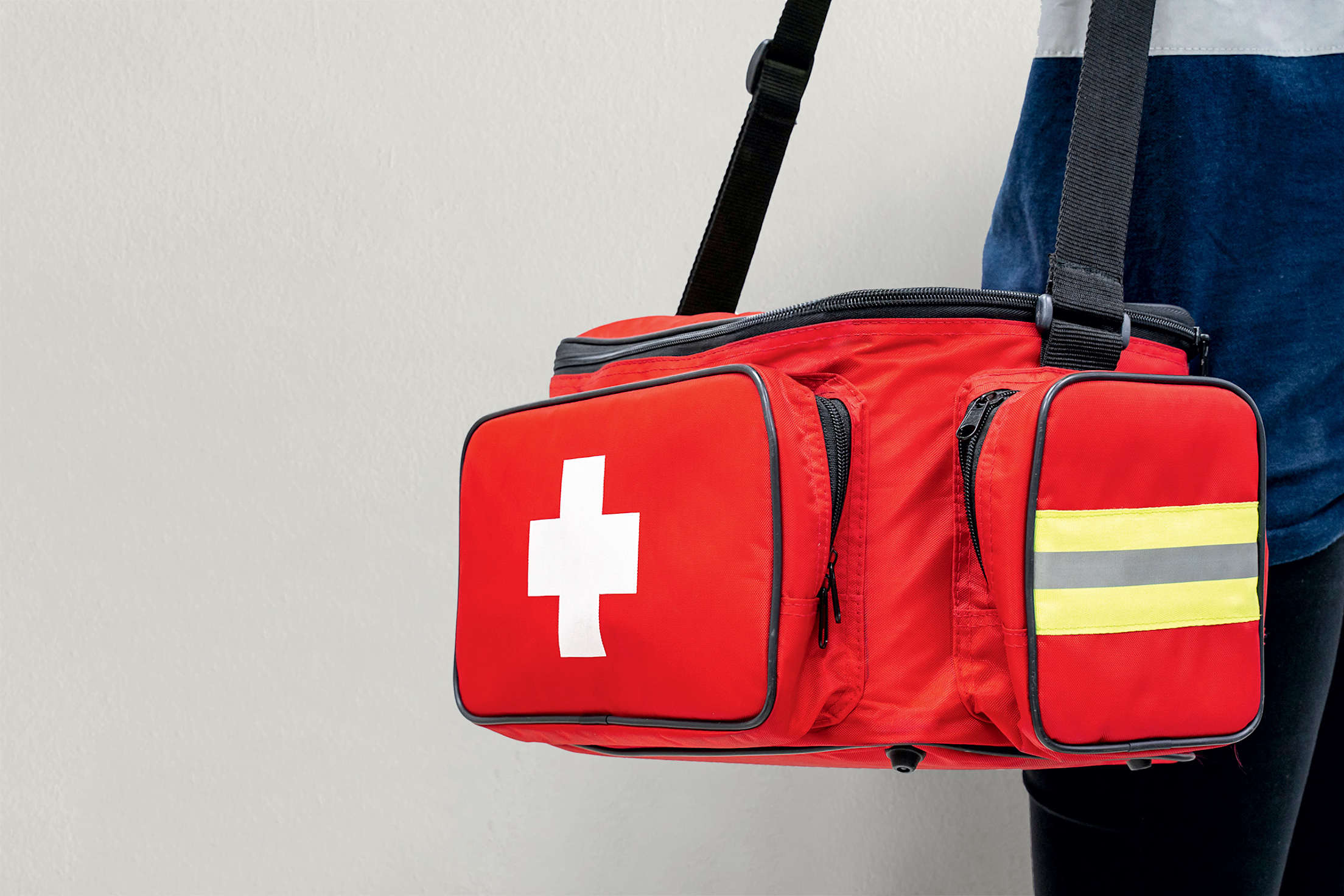
3. Pack a go bag for work.
Emergencies also happen when you’re on the job, so you’ll want have supplies on hand there, too. You can buy a basic preassembled go bag, or you can put together your own. It should include enough food, water, and necessary medicines to last 24 hours, plus a pair of shoes that are comfortable to walk in if your work shoes aren’t, all stored in a brightly colored, waterproof duffel bag or backpack.
Smart tip: AAA Members save up to 30 percent on select Ready America kits purchased online.
4. Prepare for sheltering in place.
As we all now know, pandemic preparedness is just as essential as being ready for fires, floods, and earthquakes. That means staying up-to-date on vaccines and stocking up for hunkering down (with hand soap, hand sanitizer, face masks, electrolyte drinks, and a backup supply of medications). You should also have paper copies of, or online access to, your family’s medical records. Think ahead about who will care for your kids or elderly relatives if you get sick.
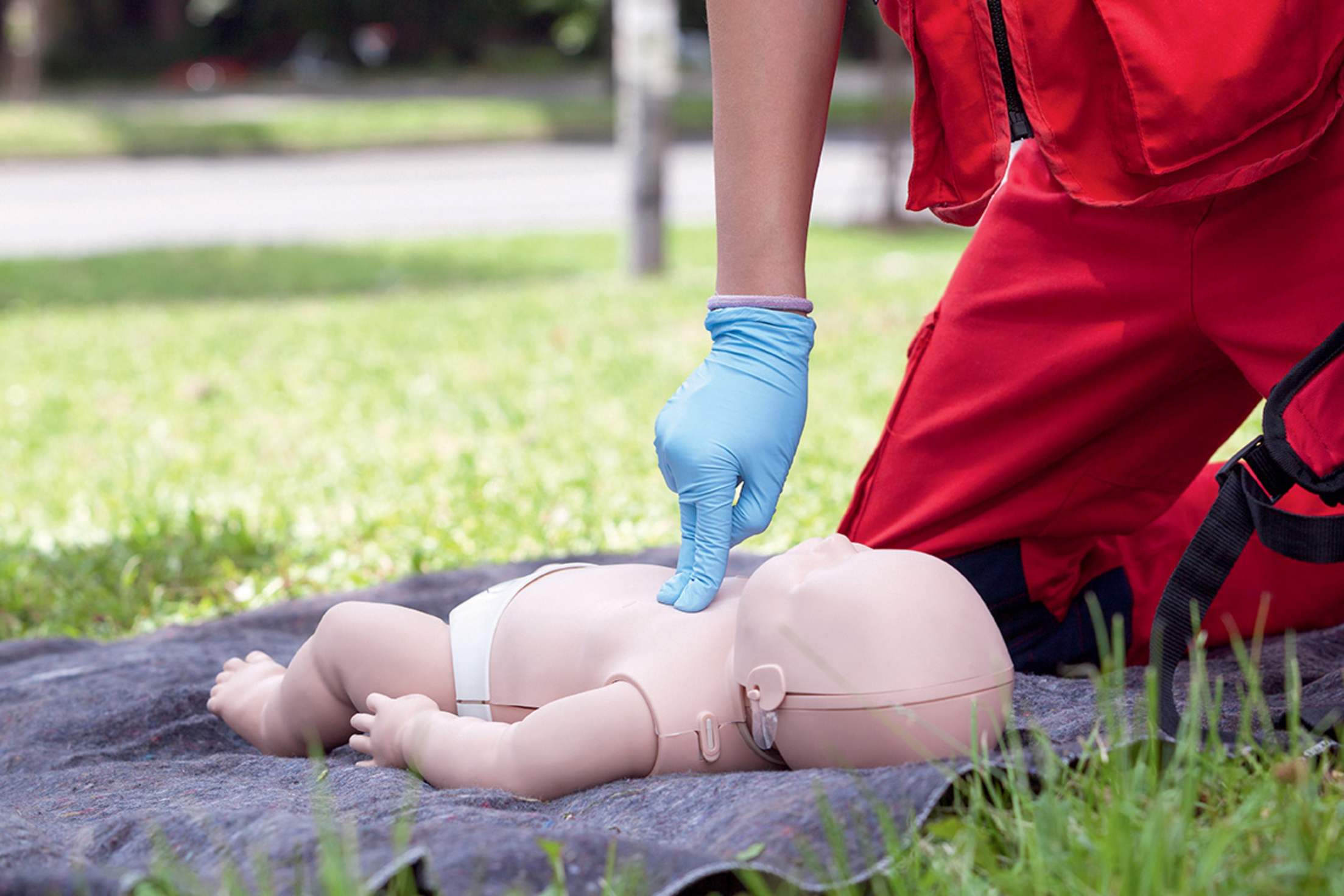
5. Brush up on first aid.
CPR and basic first aid lessons may teach you the most important skills you’ll ever learn. “If a family member or neighbor is injured during a disaster, this knowledge could save a life,” says Gary Russell, senior catastrophe claims manager for AAA. Go to redcross.org or cpr.heart.org to find a class near you or to enroll in an interactive online course. The average CPR class takes just two to five hours.

6. Know what you own.
To assist with insurance claims, create a home inventory and store it in the cloud. Make your own spreadsheet or use a dedicated app. At minimum, walk through your property with your smartphone and record a video of your belongings, then email that video to yourself and close relatives.
7. Stay informed.
Keep at least one old-fashioned battery-powered radio in the house, so you can follow news reports and instructions from officials. NOAA radio stations, which broadcast weather-related emergency information, are also good to monitor; find your local one at weather.gov/nwr. The Nixle community warning system can send you text messages from local agencies. To sign up, text your zip code to 888777.
8. Make sure you're covered.
After taking inventory, confirm that you have enough insurance to cover all of your belongings. Calculate replacement costs for your most valuable items, then talk to your insurance agent to be sure you have adequate coverage for them. Government payouts, if any, will be scanty. Few disasters meet the threshold to warrant federal assistance, and even then, it isn’t intended to make you whole. On average, FEMA offers between $3,000 and $6,000 in assistance.
Remember that standard homeowners policies don’t cover earthquake damage. “Earthquake coverage is available in the form of a separate policy or an endorsement from most private insurers,” says Gary Russell. “If you’re in a high-risk area, ask your agent.”
9. Learn to turn off utilities.
You can protect your home from gas leaks, electrical fires, burst pipes, and contaminated water by shutting off utilities after a disaster.
- For natural gas, it’s best if your utility does the shutoff. If you must do it yourself, use a wrench to turn off the main valve by rotating it so that it’s perpendicular to the pipe.
- For electricity, go to the circuit box and flip off all the individual circuits before turning off the main circuit, then unplug your appliances to keep them from shorting when the power returns.
- For water, go to the main shutoff valve and turn the knob or handle clockwise until it’s off.
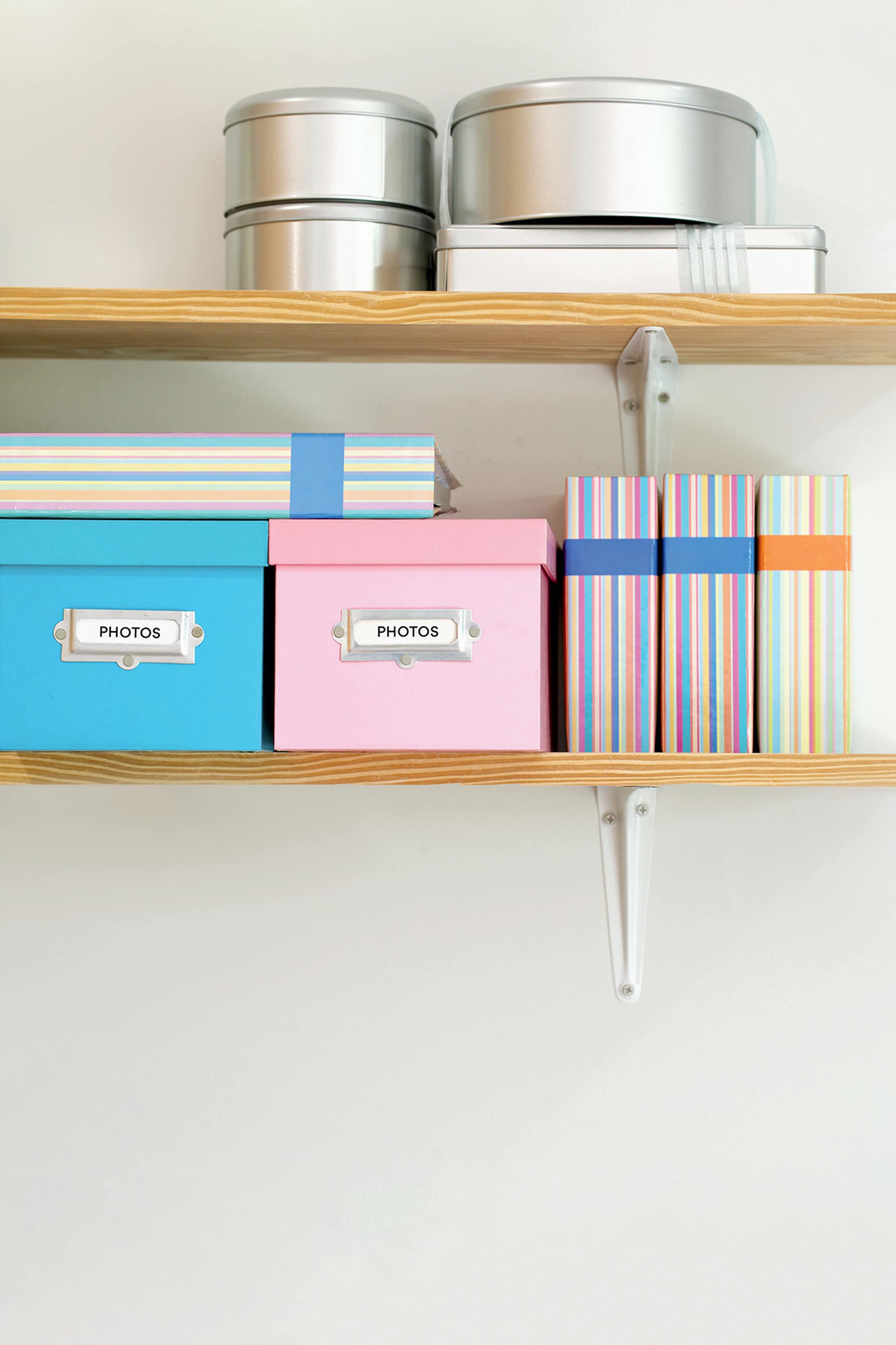
10. Protect the irreplaceable.
Store cherished heirlooms somewhere secure. Don’t keep them in vulnerable spots: Low shelves are bad for paper treasures (such as photo albums) during floods, and high shelves are bad for fragile items during earthquakes. Have a plan for getting them out of the house if there’s time to do so safely. Put important documents in a fireproof, waterproof safe after you upload digital scans of them to the cloud. Finally, suggests Neal Stern of the American Institute of Certified Public Accountants, “If you use a safe-deposit box at a bank, consider one that’s not near your house, since a disaster can impact the entire area.”
11. Prepare mentally.
While you’re setting yourself up physically for a possible disaster, make sure you get mentally ready, too. Realistically acknowledging the possibility of an earthquake, fire, or flood—whichever your home town is prone to—without stressing about it is step one. Step two is doing everything you can do to be ready. (Hence this guide.) “Preparation is as useful as stress is useless,” says psychologist Talya MironShatz. “Identify what needs to be done—and do it. Living with the constant inner noise of ‘What if there’s a flood?’ is like inflicting that flood upon yourself constantly. Prepare for the worst, then stop thinking about it.”
12. Evacuate immediately.
If you get an evacuation order, don’t dawdle, especially in the face of fire. “The sooner you can leave your home and clear the roads, the easier it will be for firefighters to get their trucks in,” says Russell. Trapped? Call 911.
13. Check your alarms.
Make sure that your house has smoke alarms in and just outside any room where people sleep. Test them monthly, change their batteries yearly, and replace them every decade. Buy a fire extinguisher and learn how to use it.
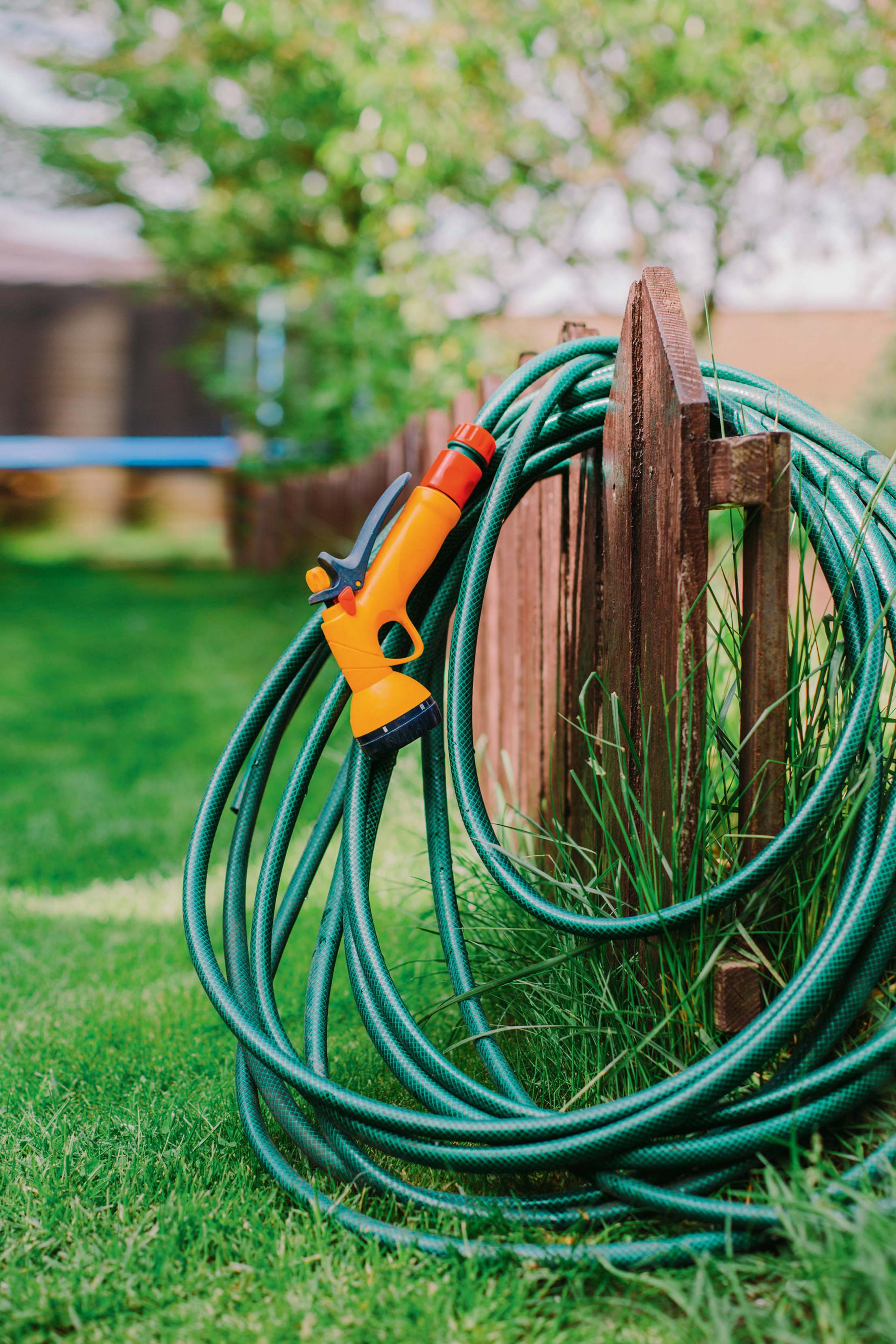
14. Establish a fire-resistant zone.
If you’re in an area prone to wildfire, clear the area around your home—at least 100 feet from its walls—of anything flammable. Use fire-resistant Class A-rated materials for roofing, siding, and landscaping. Find or establish an outdoor water source with a hose that can reach any area of your property. Keep your roof and gutters free of leaves and debris.

15. Quake-proof your home.
Bolt or brace heavy objects such as bookcases, refrigerators, TVs, water heaters, and gas appliances to studs in the walls. Set heavy objects on lower shelves. Don’t put your bed near items that can topple over or glass that may break. Keep your floors and walkways as clear as possible so that you don’t stumble over clutter while trying to make a quick escape; those extra few seconds could make all the difference.
16. Avoid fallen lines.
After an earthquake strikes, be careful about venturing outside. If you encounter a fallen power line, stay at least 35 feet away from it. Don’t touch any objects the line may be touching, such as a fence or a car, to avoid getting shocked or electrocuted.
17. Get educated.
Check FEMA’s earthquake hazard maps to find out your level of risk. If you’re in a shaky zone, have your family practice the quake drill: Drop to your hands and knees, cover your head and neck with your arms, and, if possible, get underneath and hold onto sturdy furniture. (Contrary to popular belief, the doorway is no stronger than the rest of the building.)
18. Stay out of floodwater.
Never drive in floodwater. A mere 12 inches of moving water can sweep most cars o the road. Try not to walk in floodwater either; it may be electrified. If you absolutely must, use a stick to test its depth: Six inches of moving water is enough to knock down an adult.
19. Know your risk.
In the United States, floods are the most widespread weather-related disasters. To find out whether your home is vulnerable to them, enter your street address on FEMA's flood map. Areas near recent burn zones, construction sites, rivers, streams, and storm drains are at greatest risk.
Exceptional coverage. Expert service. Extra savings.
AAA Auto, Home, and Life Insurance